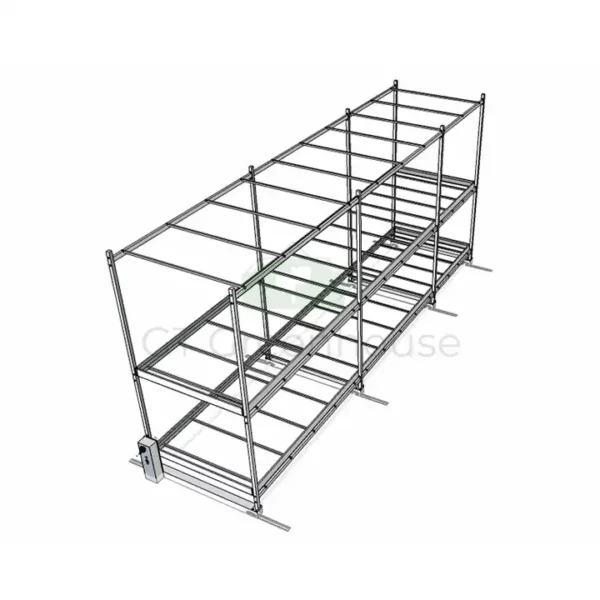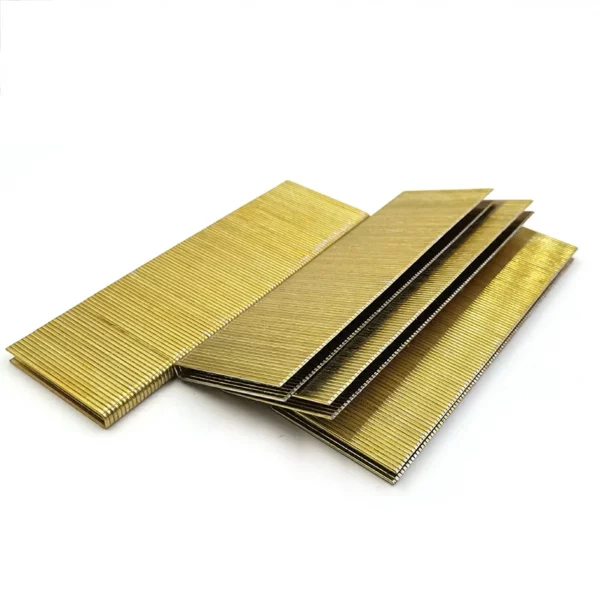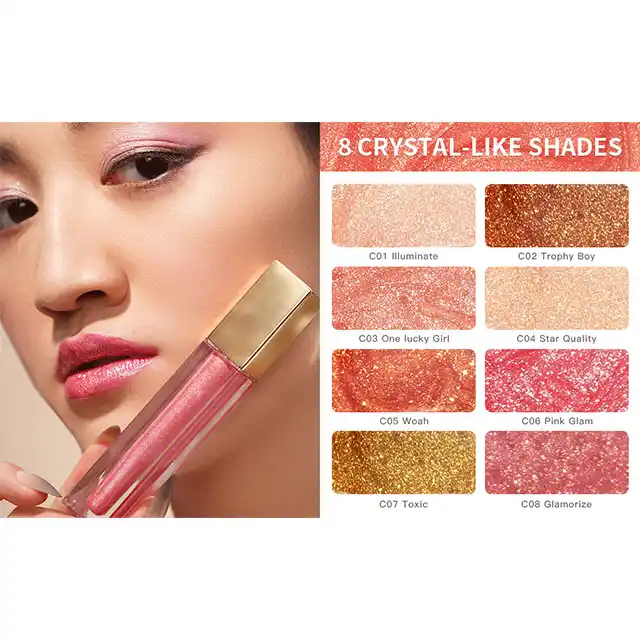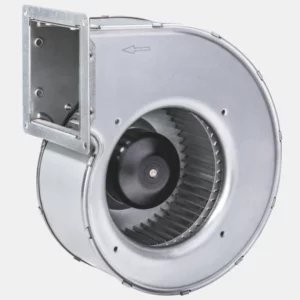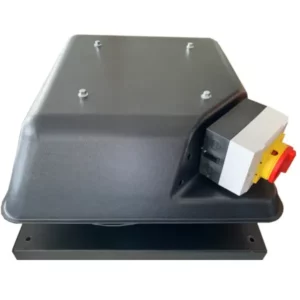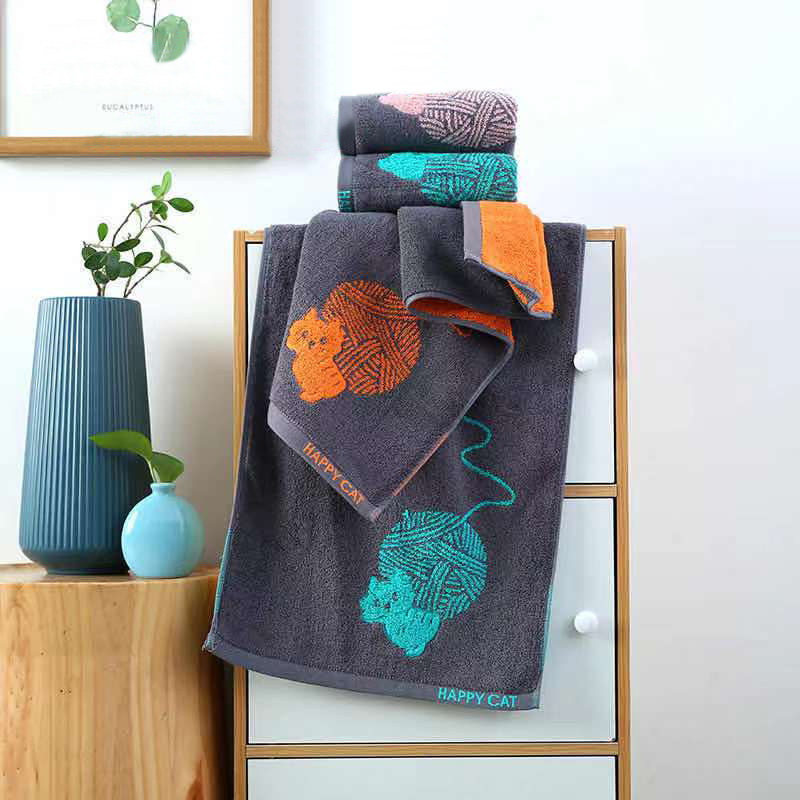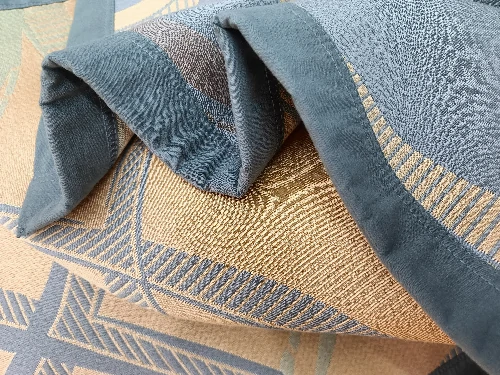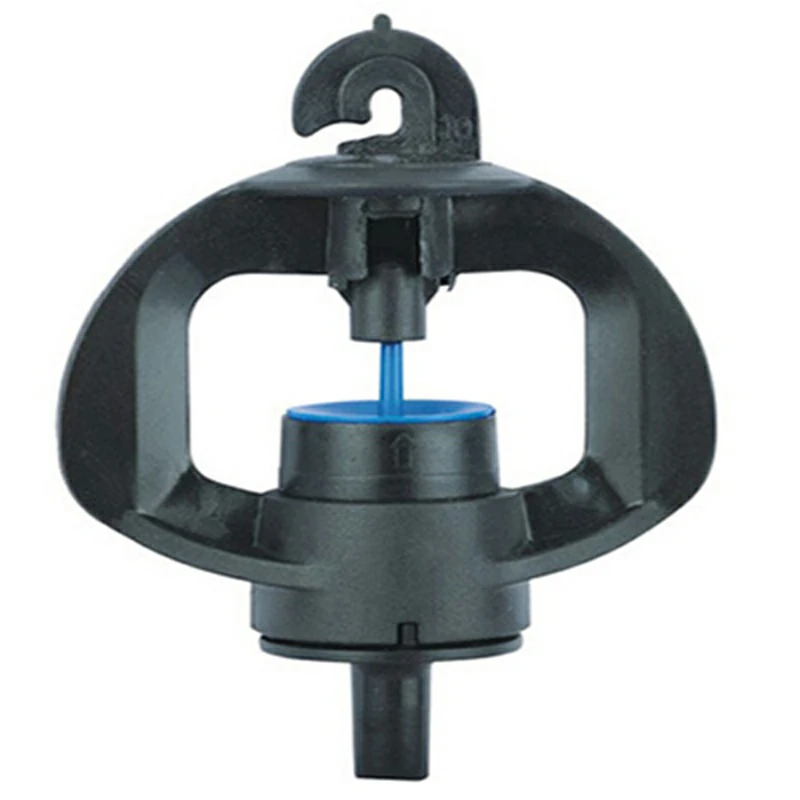In the realm of skincare and beauty, lip care has become an essential aspect of daily routines, with moisturizing lip balms taking center stage. Among the diverse array of lip care products, private label moisturizing lip balms have emerged as a popular choice, offering not only hydration and protection but also customization options tailored to individual preferences.
Exploring Private Label Moisturizing Lip Balms
Private label moisturizing lip balms are formulations crafted to provide optimal hydration and nourishment for the lips. These products, developed by manufacturers and then personalized by brands with their labels and packaging, offer a myriad of advantages, allowing for customization, branding, and tailoring to meet specific consumer needs.
Key Features and Benefits
- Custom Formulations: Brands have the liberty to collaborate with manufacturers to create bespoke formulations tailored to target various lip concerns, such as dryness, chapping, or sensitivity.
- Branding Flexibility: The private label approach allows brands to stamp their identity on the product, with customized labels, packaging designs, and branding elements that resonate with their target audience.
- Quality Control: Brands have oversight over the ingredients used in the formulation, ensuring high-quality, tried-and-tested components that align with their brand ethos and consumer preferences.
- Consumer Engagement: Private label lip balms foster a deeper connection with consumers, as personalized products often resonate more with individual preferences, leading to enhanced brand loyalty.
The Appeal of Moisturizing Lip Balms
The rise in popularity of moisturizing lip balms, especially in private label form, can be attributed to several factors:
- Hydration and Protection: These balms offer essential moisture and protection from environmental elements, keeping lips soft, supple, and nourished.
- Versatility: Suitable for various seasons and climates, they provide year-round care, combating dryness in winter and protecting against sun damage in summer.
- Consumer Preferences: With an increasing focus on natural and organic ingredients, private label lip balms cater to consumers seeking clean beauty options without compromising effectiveness.
Personalization and Brand Loyalty
Private label moisturizing lip balms foster a sense of exclusivity and personalization, resonating strongly with consumers:
- Unique Brand Identity: Customized labeling and packaging create a unique product that stands out on shelves and resonates with the brand’s identity.
- Consumer Trust: By offering personalized products, brands build trust and loyalty among consumers, enhancing their connection to the brand.
Future Trends and Innovations
The future of private label moisturizing lip balms is promising:
- Sustainable Packaging: Brands may pivot towards eco-friendly packaging solutions, aligning with the growing consumer demand for sustainable beauty options.
- Advanced Formulations: Continued innovation may lead to more advanced formulations, incorporating cutting-edge ingredients and technologies for enhanced lip care.
Moisturizing lip balm private label represent a harmonious blend of customization, quality, and efficacy in the realm of lip care. As consumers increasingly seek personalized skincare solutions, these balms offer not only hydration and protection but also a tailored experience that fosters brand loyalty and resonates deeply with individual preferences. With a focus on quality, customization, and consumer engagement, private label moisturizing lip balms continue to shape the beauty industry’s approach to personalized skincare solutions.

